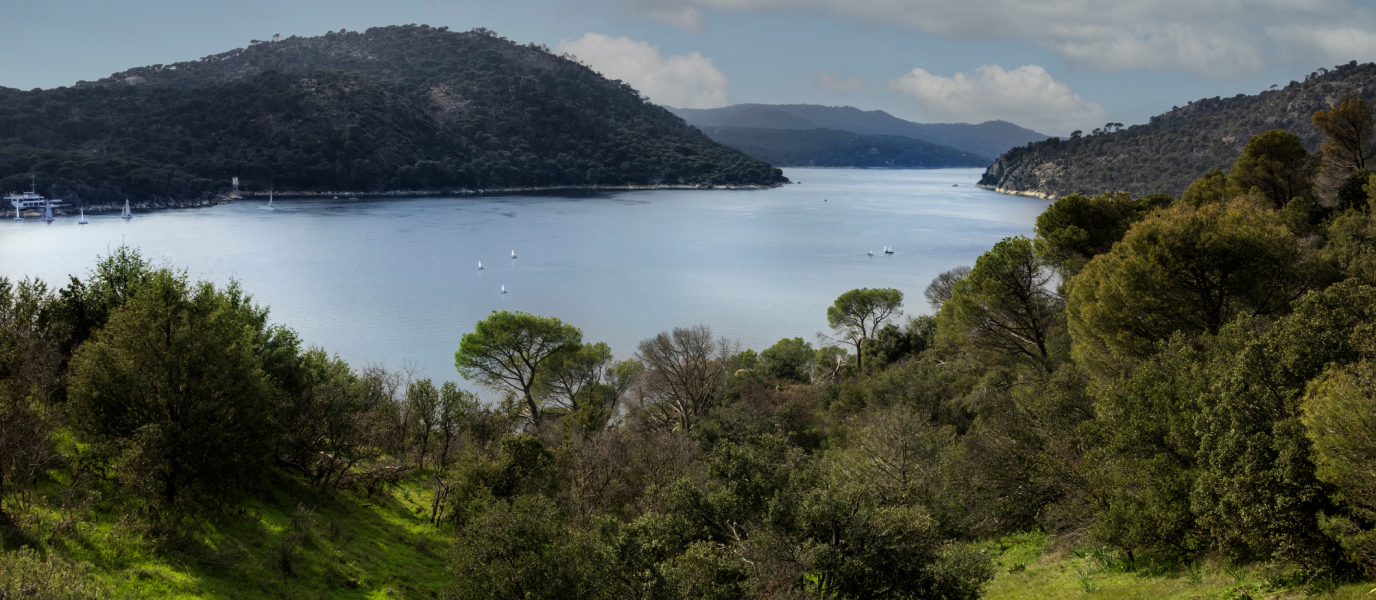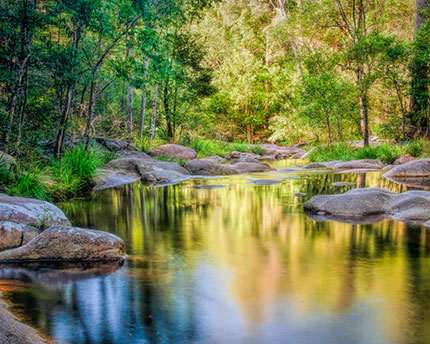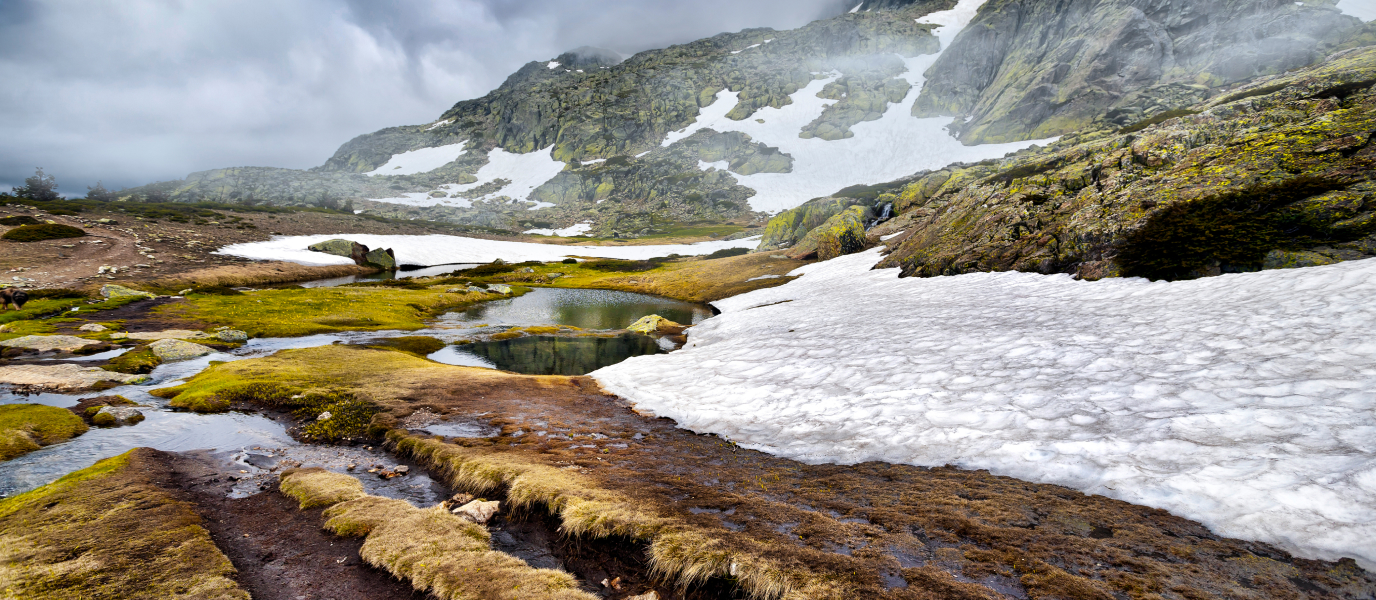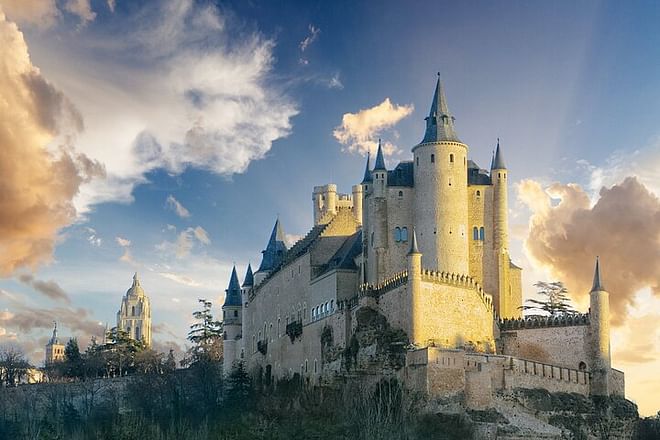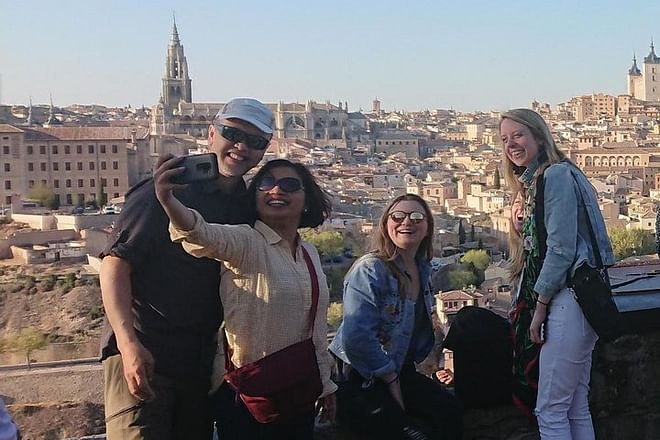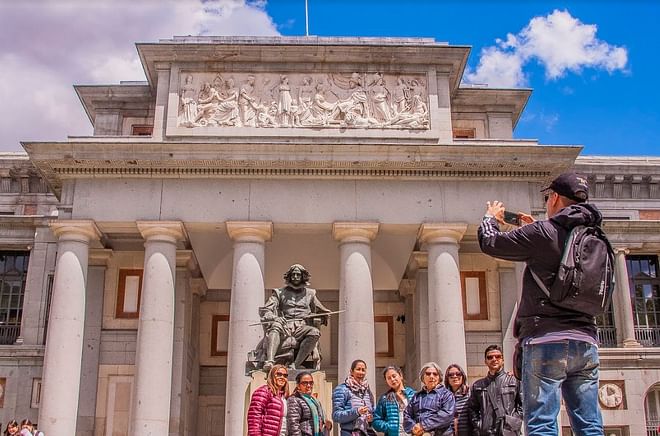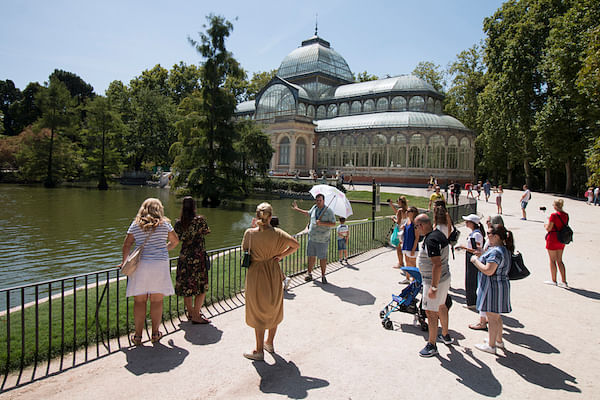Despite what the song from the eighties by the Refrescos, ‘There’s No Beach Here’, may sing, there actually is a beach in Madrid. And no more and no less than 14 kilometres of it. We are of course talking about the San Juan reservoir, a fresh-water basin spanning 650 hectares, 70 kilometres to the south-west of Madrid, which every weekend, above all in summer, fills with Madrilenians and tourists eager for a dip or to do water sports. Options in the area are limited, as it is the only basin in the Madrid Autonomous Region in which such activities are permitted. Built in 1955, during the Franco regime, the reservoir collects waters from the Alberche and Cofio rivers to supply the south-west of the Madrid Autonomous Region with water and electricity. It is wedged in between the municipalities of San Martín de Valdeiglesias, El Tiemblo, Cebreros and Pelayos de la Presa, and its shores are full of restaurants, beach bars and picnic areas perfect for a refreshing day away from the routine.
A swimming and water-sports paradise in Madrid
Playa Virgen de la Nueva is one of the most popular beaches for swimming, perhaps because in May 2018 it became the first Blue Flag beach in the Madrid Autonomous Region. Ever since it has fluttered in the wind with pride, to alleviate Madrid’s perpetual complex about its lack of water. However, the reservoir isn’t just about swimming: in addition to beach bars and picnic areas there are also two activity clubs that offer just the right amount of adrenaline. At Yucalcari Aventura and Wakea Experience you can try your hand at land-based activities such as climbing and archery as well as water sports such as kayaking, wakeboarding (very popular over recent years) and flyboarding, with which you can literally fly over the reservoir thanks to jets of pressurised water.
The area known as El Muro, which can be accessed from Pelayos de la Presa, is the reservoir’s other main recreational area, where you can find the long-established Royal Nautical Club of Madrid (since 1961), a jetty and even a campsite for those who decide to spend the night at the reservoir.
In front of the water are beach bars and restaurants such as Vicente Buen Comer, Merendero La Playa and Mesón La Playa Pantano de San Juan. However, we recommend visiting Mesón del Puerto, on the M-501, famous in the region for its T-bone steak made using meat from Ávila.
The coves of Lancha de San Yelmo and Cerro de San Esteban
At Lancha del Yelmo on the opposite shore, those looking for somewhere more remote and peaceful to relax will find, after a pleasant walk, a string of hidden granite coves, which stretch out all the way to the water and are normally a haven of peace. It even has its own nudist cove for the most daring. Many climbers also head to Lancha del Yelmo to scale its granite cliffs, as the area surrounding the reservoir boast dozens of equipped climbing routes.
A must for fans of hiking is the Cerro de San Esteban, situated to the south-east of the reservoir close to El Muro. It consists of a steep but short ascent amidst pine trees, revealing spectacular views of the region. The summit is one of the best vantage points in the vicinity of the San Juan reservoir and the surrounding landscape.
Underwater treasures
Aside from everything that it has to offer above water, hidden below the reservoir’s waters are also several historic buildings that once formed part of San Martín de Valdeiglesias. When the reservoir was created in 1955, the waters swamped a medieval bridge spanning 126 metres that once joined both banks of the river. Also submerged were several windmills and the old hermitage of the Virgen de la Nueva, where devotees of San Martín de la Vega would go every Easter on a religious pilgrimage known as Los Ranchos dating back to 1499, which began so that the Virgin would put an end to the plague. Since 1955, devotees go to the new hermitage of the Virgen de la Nueva, built next to the reservoir as a replacement.




































































